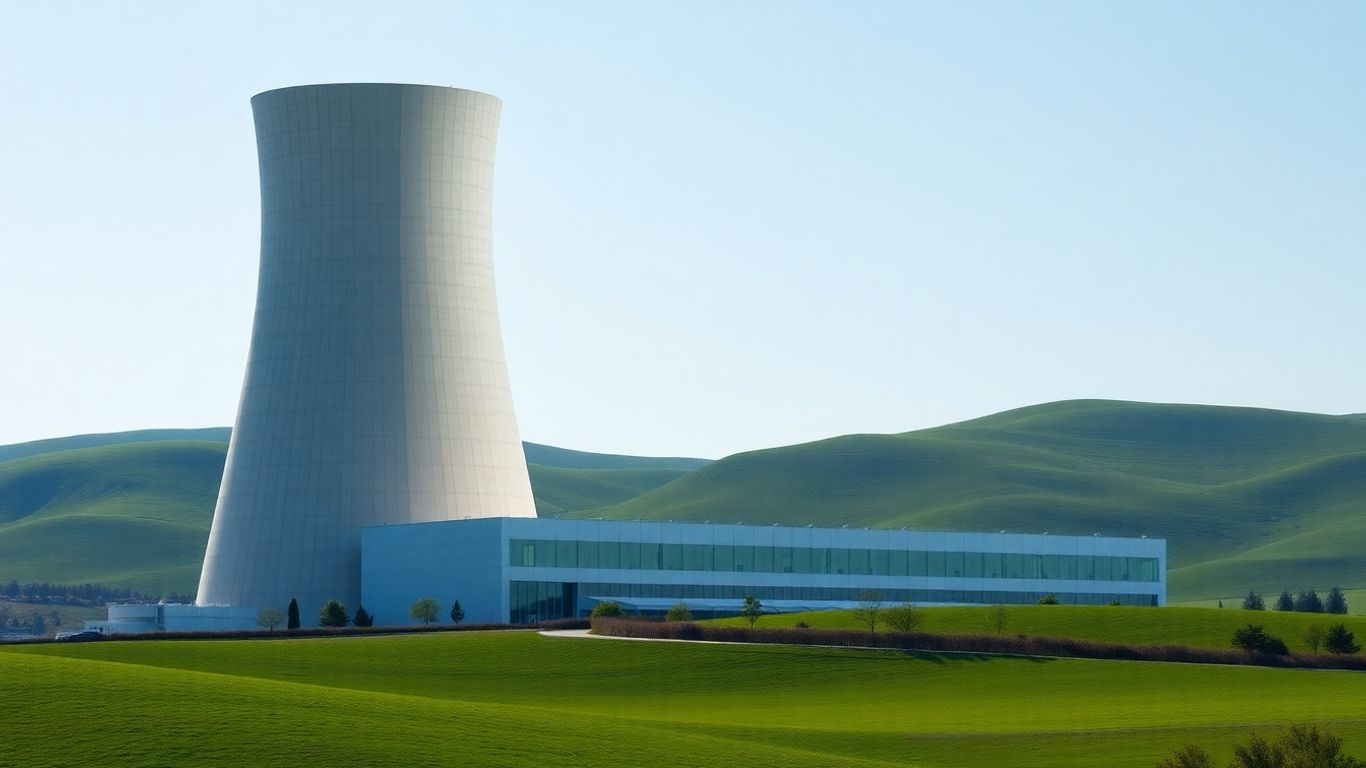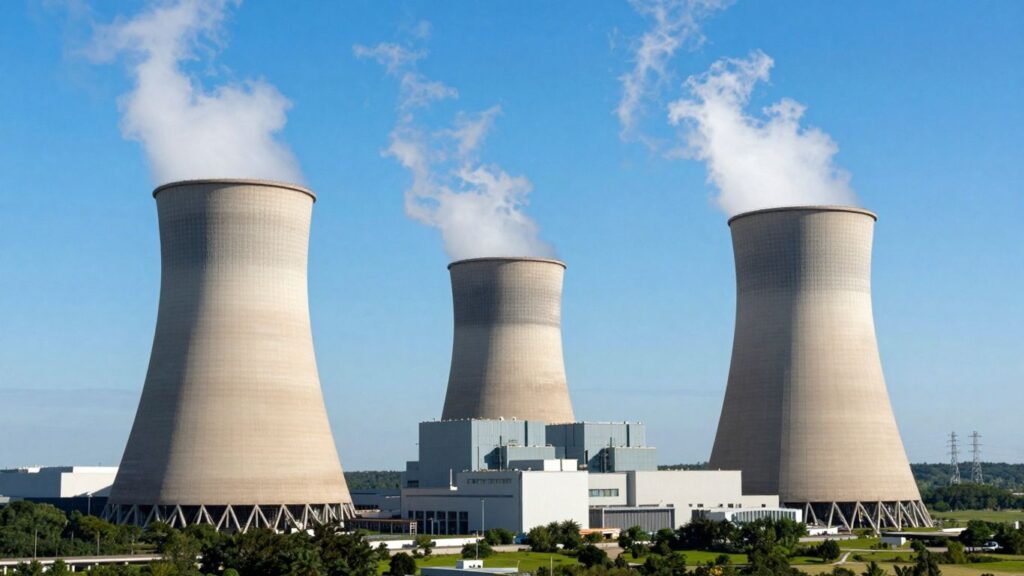South Korea’s advancements in Small Modular Reactor (SMR) technology have been recognized for their global competitiveness by the Nuclear Energy Agency (NEA) of the Organisation for Economic Co-operation and Development (OECD). This international endorsement coincides with significant interest from Norway, where Korean SMR designs are being considered for a new power plant project.
Key Takeaways
- South Korean SMRs ranked highly in a global competitiveness evaluation by the OECD’s NEA.
- Norway is exploring the use of Korean i-SMR reactors for a new power project in Aure and Heim.
- The i-SMR technology offers potential cost and time savings compared to traditional large reactors.
Global Recognition for Korean SMRs
The Nuclear Energy Agency (NEA) of the OECD has evaluated the progress of SMR technologies worldwide, with South Korea’s domestically developed SMRs receiving high marks for their global competitiveness. In a report that assessed 74 reactor types across 18 countries, the nation’s innovative SMRs secured a 10th-place ranking, while the SMART 100 small reactor was placed 13th. This recognition highlights the significant strides South Korea has made in developing advanced nuclear energy solutions.
Norwegian Project Explores Korean SMRs
Norway is actively considering the integration of Korean SMR technology for a new power plant. Trondheimsleia Kjernekraft AS, a partnership involving local municipalities and energy companies, is set to conduct a feasibility study on constructing a power plant utilizing multiple Korean-designed i-SMR reactors. This study, supported by the Korea Eximbank, will evaluate the technical, environmental, and regulatory aspects of establishing these reactors in the municipalities of Aure and Heim.
The i-SMR, developed by Korea Hydro & Nuclear Power (KHNP), is an integrated pressurized water reactor with an electrical output of 170 MW. KHNP projects that the i-SMR requires one-third of the investment and can be constructed in half the time compared to conventional large-scale reactors. The development roadmap aims for a completed standard design by the end of 2025, with standard design approval anticipated in 2028.
Strategic Partnerships and Future Outlook
This collaboration with KHNP is seen as a strategic move by Norway to leverage world-leading expertise, mirroring its approach in the oil and gas industry. KHNP has previously collaborated with Norsk Kjernekraft, signing a memorandum of understanding to share information and conduct preliminary feasibility studies for SMR introduction. The Norwegian host municipalities are keen to utilize SMR technology to bolster their local economies and ensure a stable energy supply, aiming to create a regional power surplus to support future green industries.
Norsk Kjernekraft has identified Aure and Heim as one of four potential locations for SMR power plants in Norway, with proposals submitted for assessment. The Norwegian government has also commissioned environmental impact assessments for the proposed projects, signaling a serious commitment to exploring SMR deployment.












